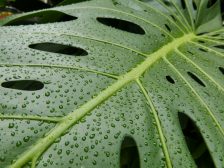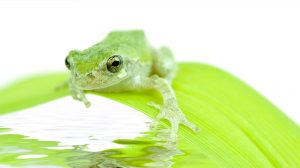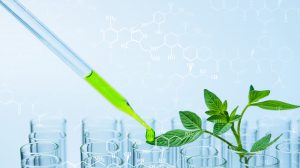Definition
noun, plural: flukes
(1) (ichthyology) Summer flounder, Paralichthys dentatus (a flatfish)
(2) (cetology) Either of the two lobes of the tail of a cetacean, e.g. whales and dolphins
(3) (parasitology) A common name for any of the parasitic flatworms of Class Trematoda of Phylum Platyhelminthes; trematode
Supplement
In ichthyology, a fluke refers to Paralichthys dentatus , which is also commonly called summer flounder. The species belongs to the family Paralichthyidae of class Actinopterygii, phylum Chordata. The species is characterized by having eye-like spots on the body (about 5-14), ability to change color and pattern of the dark side to match surroundings, burrowing in sandy bottoms, sharp teeth, and active predators of sand lance, porgies, squid, shrimp, etc. These flounders are typically found in the Atlantic Ocean.
In cetology, a fluke is an anatomical part of whales and dolphins. In particular, the fluke pertains to either of the two lobes of the tail of whales and dolphins. The flukes are used for propulsion.
In parasitology, a fluke is a common name given to parasitic flatworms of the class Trematoda (trematodes). This taxonomic class of phylum Platyhelminthes (flatworms) is characterized by having external suckers that they use to anchor themselves within their host. There are two groups: tissue flukes and blood flukes. The members of these two groups are classified based on the system of the host that they infest (or infect). The tissue flukes, e.g. Paragonimus westermani, Fasciola hepatica, and Clonorchis sinensis, are those that are found in lungs, bile ducts, and other tissues of their hosts. The blood flukes, e.g. Schistosoma, are those that occur in the blood of their vertebrate host. Humans may also serve as a host to certain trematodes, such as Schistosoma, Clonorchis, Opisthorchis, Fasciola, and Paragonimus species.
Dictionary > Fluke
You will also like...

Animal Water Regulation
Animals adapt to their environment in aspects of anatomy, physiology, and behavior. This tutorial will help you understa..

Plant Water Regulation
Plants need to regulate water in order to stay upright and structurally stable. Find out the different evolutionary adap..

The Water Cycle
The water cycle (also referred to as the hydrological cycle) is a system of continuous transfer of water from the air, s..

Adaptation Tutorial
Adaptation, in biology and ecology, refers to the process or trait through which organisms or the populations in a habit..

Plant Biology
Plantlife can be studied at a variety of levels, from the molecular, genetic and biochemical level through organelles, c..

The Origins of Life
This tutorial digs into the past to investigate the origins of life. The section is split into geological periods in the..